Smithfield aims to be America’s first carbon-negative meatpacker by 2030
28 Sep 2020Earlier this month, U.S. pork producer Smithfield announced that it will render all of its company-owned operations carbon negative by 2030, meaning that it will remove more carbon from the atmosphere than it produces. This ambitious plan accelerates the company’s efforts from 2016 where it committed to reducing greenhouse gas emissions by 25% by 2025.
“To achieve this ambitious new carbon negative objective, work is already underway and will include a variety of strategies, including renewable natural gas ventures, regenerative agricultural practices, improvements in our animals’ diets, renewable electricity purchases and transportation, logistics and packaging projects,” Stewart Leeth, vice president and chief sustainability officer of Smithfield said in a statement.
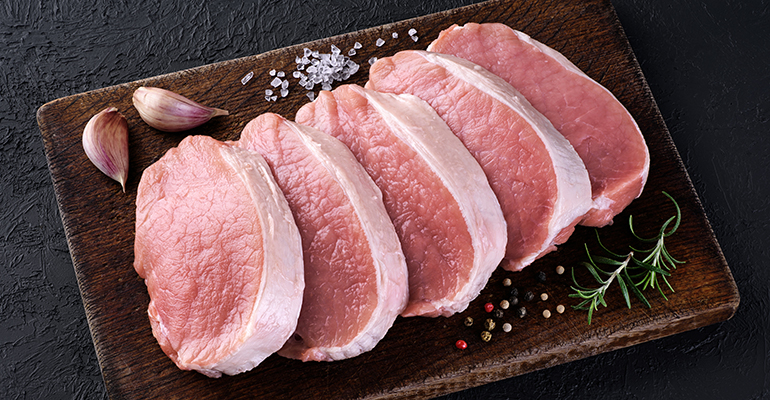
The company said that it will achieve this goal without purchasing carbon credits to offset its emissions, a practice that has been deemed controversial.
One-third of greenhouse gases stem from the food system and an estimated 80% of those emissions come from agriculture. Since 1990, the amount of greenhouse gas emissions from agriculture has increased by 10%, according to the U.S. Environmental Protection Agency. The majority of these emissions are linked to livestock, and as Smithfield is the fourth largest meatpacker in the U.S., achieving a carbon-negative output will have a large effect on the country’s total greenhouse gasses.
Already the manufacturer has a biogas program that captures methane from hog manure on farms and transforms it into renewable gas, which the company says is an approach that removes 25 times more GHGs from the atmosphere than are released from other sources, including power plants, homes, vehicles and businesses. At several of its 40 processing facilities, the company is also generating renewable natural gas from its wastewater treatment operations.
Not only does this waste diversion tactic create energy, but it contributes to Smithfield’s goal of reducing the amount of solid waste sent to landfills by 75% by 2025 and certifying that three-quarters of its domestic facilities are zero-waste in the same time period.
Another component of the carbon-negative plan involves Smithfield reducing the distance traveled by its carrier fleet by 11.2 million miles annually. This reduction in mileage will reduce greenhouse gas emissions by 13,000 metric tons, which is the equivalent of removing 2,800 passenger cars.
This ambitious plan exceeds the goals of this meatpacker's peers, which are primarily aiming for carbon neutrality by 2050. However, with 20 years less to achieve this goal, Smithfield has a lot of work to do in a very small amount of time.
Related news

Plastic packaging reduction requires industry rethink
6 Jan 2023
The food and beverage sector is calling for industry-wide collaboration and business model updates to reduce the environmental impact of plastic packaging.
Read more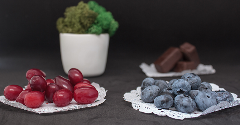
Misleading nutrition claims mask true sugar levels in baby food
5 Jan 2023
Some baby and toddler food and drink products, sweetened with fruit concentrate, contain up to four teaspoons of sugar per serving yet are marketed as having ‘no added sugar’, according to a survey by Action on Sugar.
Read more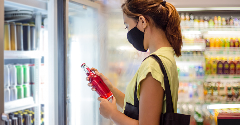
Asian beverage brands deal with rising costs
4 Jan 2023
Decreasing bottle sizes or increasing prices? Asian beverage brands are finding “creative approaches” to manage rising costs, according to industry analysts.
Read more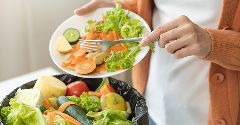
Preserving the freshness of food to fight waste
3 Jan 2023
Several companies are producing products that absorb ethylene, the hormone that causes food to ripen, in attempt to reduce food waste.
Read more
Value-seeking US consumers cut back on food spending
2 Jan 2023
Cheaper items, smaller sizes, and shorter grocery lists: inflationary effects coupled with a global long-term recession are set to continue shaping food spending habits, according to a recent Rabobank report.
Read more
Opportunities grow for lower-caffeine coffee
23 Dec 2022
Many consumers want the mental focus of caffeine without the jitters, prompting a wave of product development such as “half caffeine” ground coffee or ready-to-drink (RTD) cold brew blended with relaxing botanicals.
Read more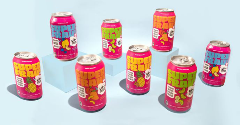
Superfrau upcycles liquid whey for energy drinks
22 Dec 2022
US company Superfrau turns surplus whey into sustainable, upcycled-certified dairy products for the recovery drinks market.
Read more
Malaysian brand Nanka brings jackfruit range to Europe
21 Dec 2022
Malaysian brand Nanka is expanding to new Asian and European markets with its fast and ready-to-eat plant-based products based on jackfruit.
Read more
Is the UK on target to meet its 2025 Plastics Pact?
20 Dec 2022
Major food industry players, including Arla, Kerry, PepsiCo and TerraCycle, have signed the UK’s voluntary Plastic Pact to reduce plastic from the supply chain – but are they on track to meet their targets?
Read more
Ammonia emissions, Oreo cookies, and Olam
19 Dec 2022
Olam Food Ingredients (Ofi) and Mondelēz are under fire for using ammonium carbonate, an authorised food additive, in cocoa and Oreo cookies - but the accusations stem from greater concerns over industrial emissions of toxic ammonia and nitrogen oxide ...
Read more